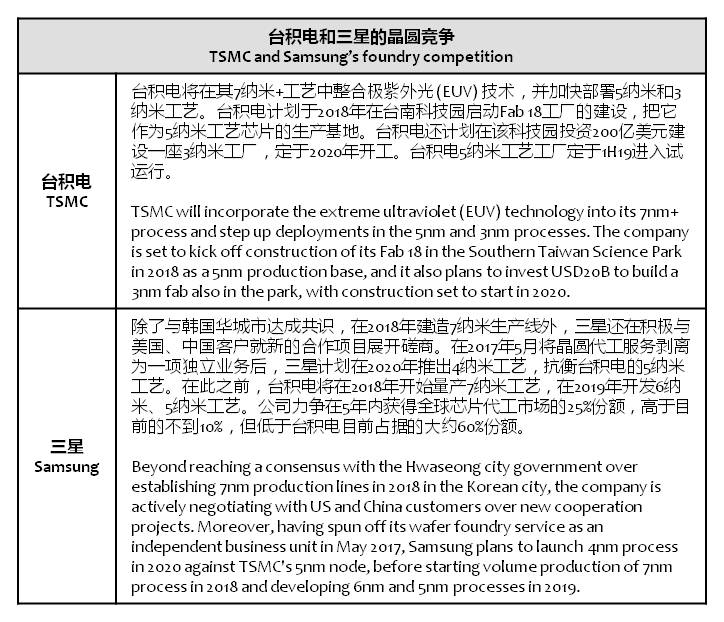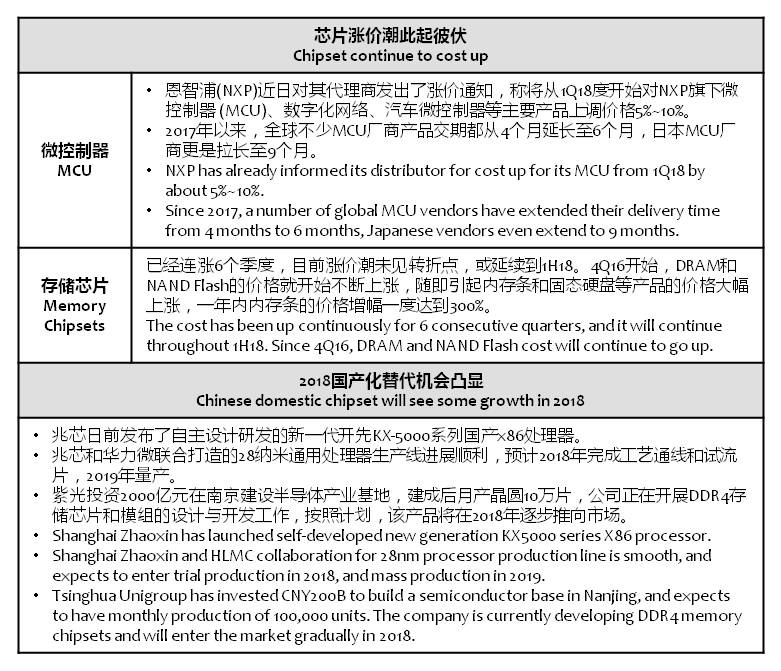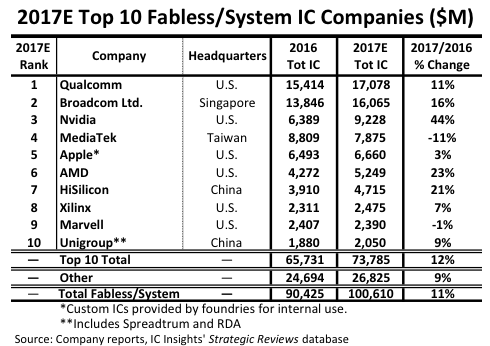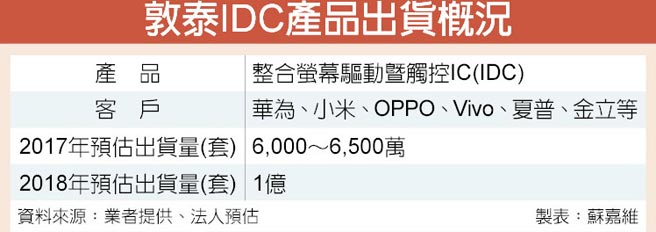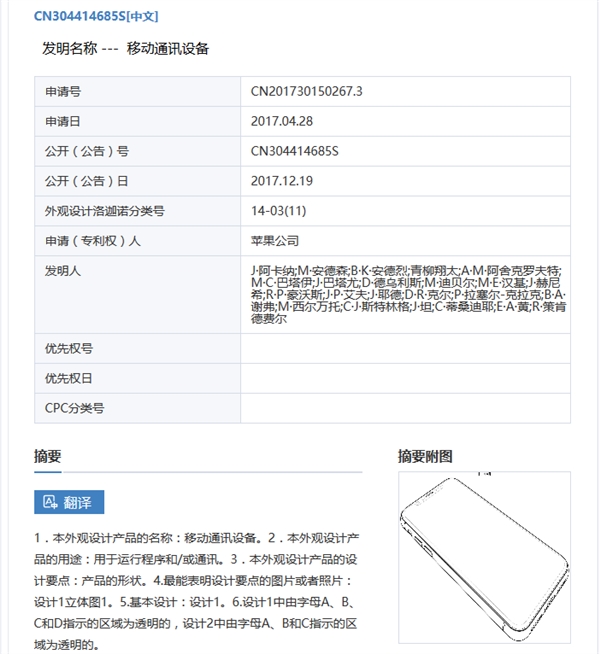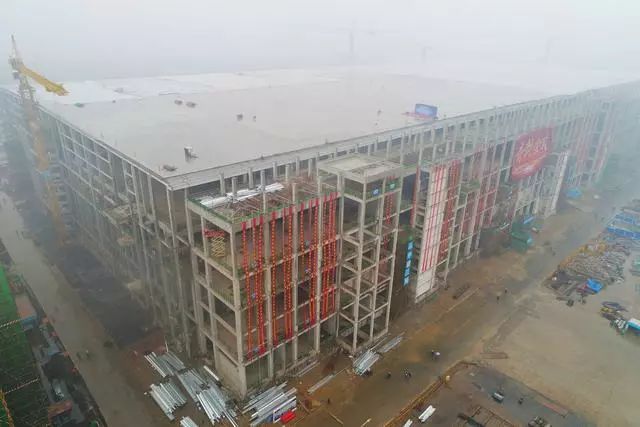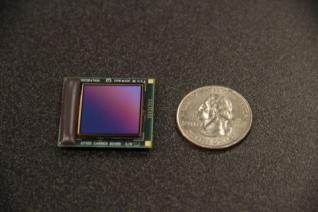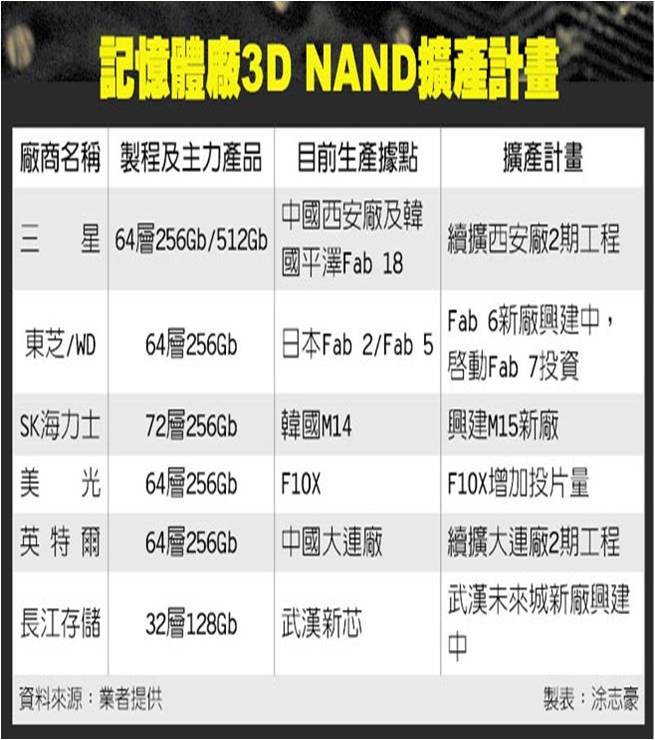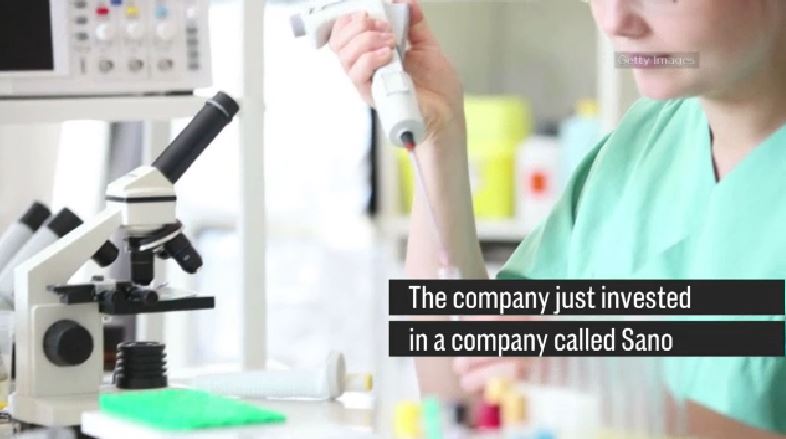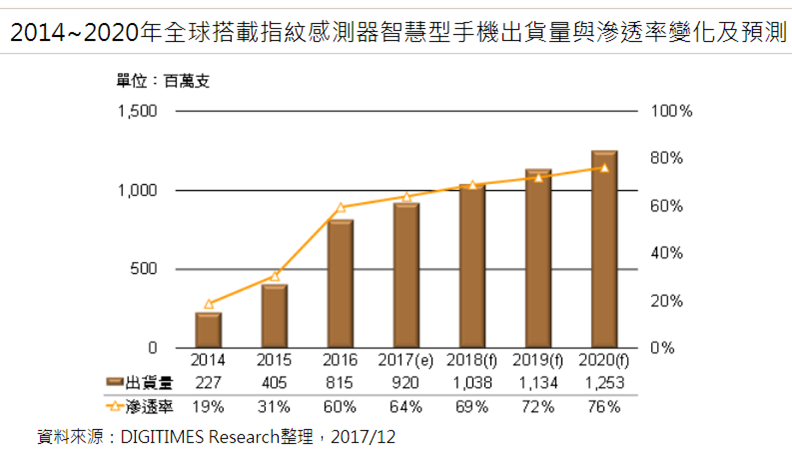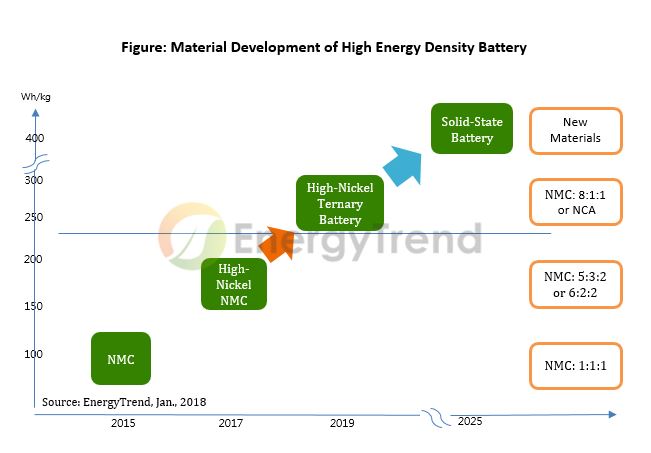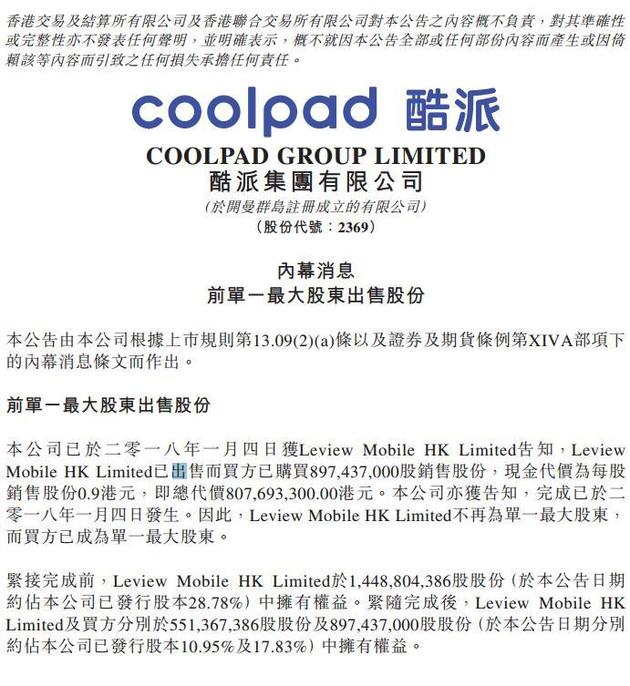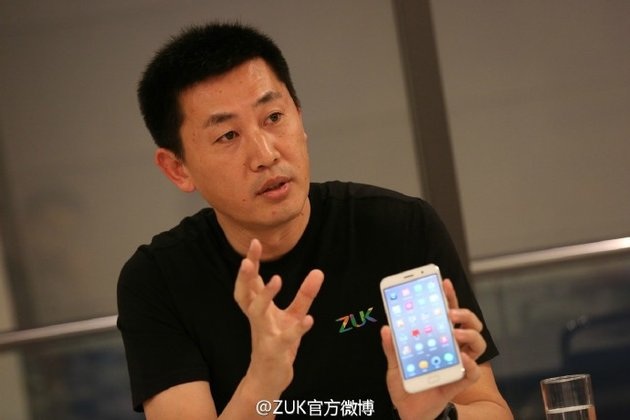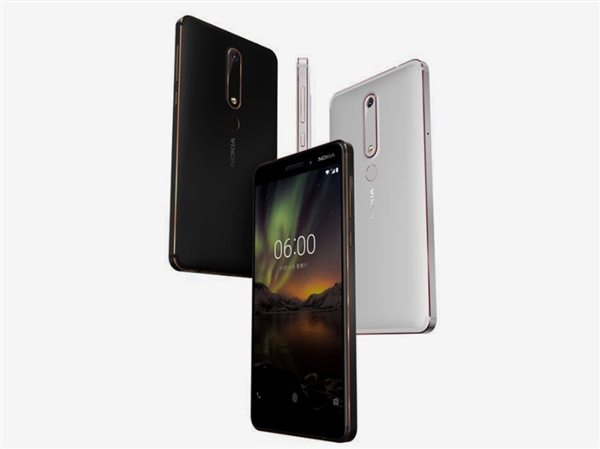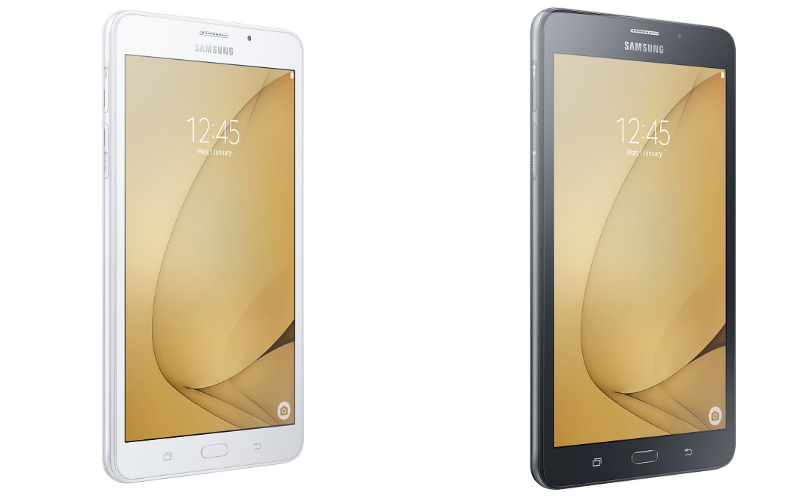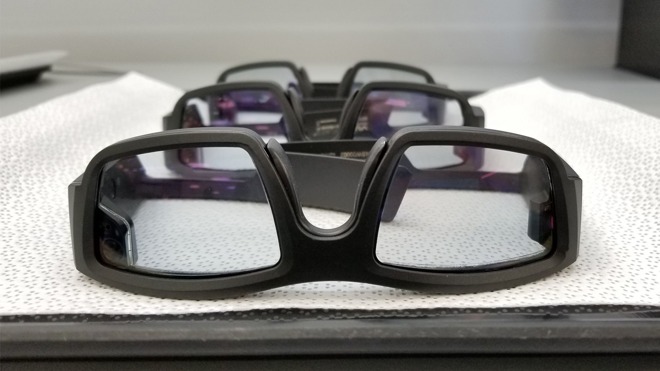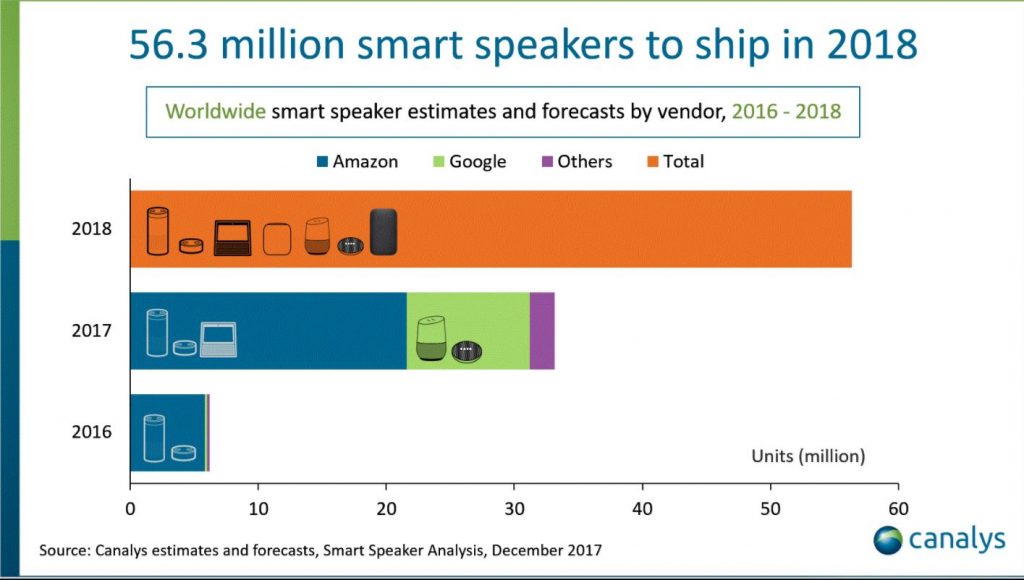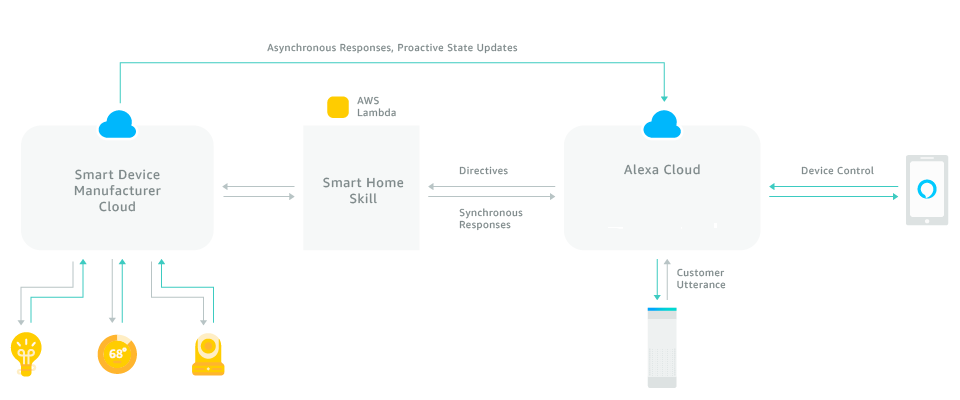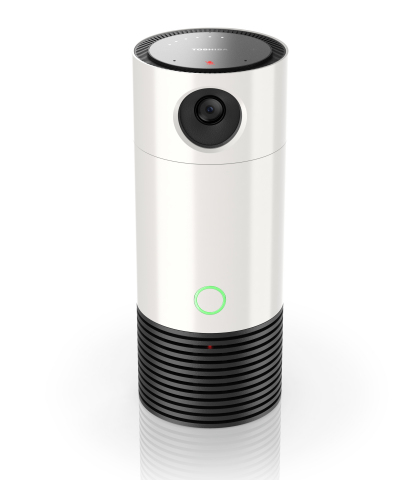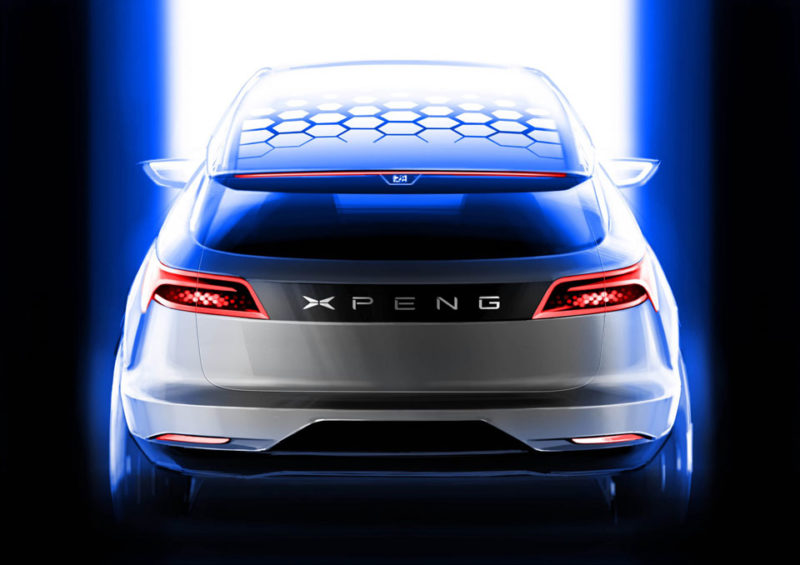
01-07: Apple has been granted the design patent for iPhone X in US and China; CSOT broke ground in Wuhan, Huebi province to build a Gen6 of AMOLED fab; etc.
Chipsets
MediaTek Helio X series flagship smartphone chipsets are expected to stage a comeback in 2H18 at the earliest to brace for the advent of the 5G technology era, while continuing tapping the midrange and high-end smartphone markets with its Helio P series in the 1H18, according to Digitimes. (Android Headlines, Digitimes, press, Money Link)
Taiwan Semiconductor Manufacturing Company (TSMC) has secured orders from over 40 customers for fabricating chips on the 7nm advanced process for mobile communication, high-performance computing and AI applications. Both Apple and Qualcomm are among TSMC’s major customers, with the foundry house contracted to fabricate all the A12 processor chips for the 2018 iPhone, according to Digitimes. (Digitimes, press, Apple Insider, Laoyaoba)
As the world’s largest consumer electronics manufacturing plant, China’s chipset localization rate is less than 10%. According to China Semiconductor Industry Association statistics, Since Jan~Jun 2017, China’s IC industry sales reached CNY220.13B, up 19.1%. In the first 10 months of 2017, China’s IC exports amounted to USD52.666B, equivalent to about 1/4 of the total imports. (TXXXB, Sina, Laoyaoba)
The global semiconductor industry will likely see its revenue increase by 8% in 2018 on the back of increasing shipments of memory chips, according to SEMI. The global industry in 2017 saw its revenue rise 20% annually to more than USD400B for the first time in history. SEMI is optimistic about 2018 growth prospects. Revenue growth will range from 4%~8% year-on-year. (Taipei Times, Laoyaoba)
Worldwide semiconductor revenue totalled USD419.7B in 2017, a 22.2% increase from 2016, according to Gartner. The largest memory supplier, Samsung Electronics, gained the most market share and took the No. 1 position from Intel — the first time Intel has been toppled since 1992. (Gartner, CN Beta, Huanqiu, Zaobao)
Power inductor maker Chilisin Electronics has announced it will acquire a 100% stake in fellow maker Mag.Layer Scientific Technics through a stock swap in which 0.73 Chilisin share will be exchanged for one Mag.Layer unit. Chilisin will issue 68.231 million new shares for the deal, with the stock swap slated for 1 Jul 2018, according to Chilisin president Chung Shih-ying. (UDN, CNA, Laoyaoba, Digitimes, press)
Qualcomm has confirmed its processors have the same security vulnerabilities in Intel, ARM, AMD and IBM CPU cores. The company claims that it is in the process of deploying these mitigations to our customers and encourage people to update their devices when patches become available. (CN Beta, The Register, Android Authority, Wired)
According to IC Insights, fabless company IC sales are estimated to have exceeded USD100B in 2017, the first time this milestone has been reached. Two China-based fabless companies made the top 10 ranking in 2017—HiSilicon, which sells most of its devices as internal transfers to smartphone supplier Huawei, and Unigroup, which includes the IC sales of both Spreadtrum and RDA. (IC Insights, press, 52RD)
Touch Display
Driver IC vendor FocalTech is expected to benefit from integrated driver and controller (IDC) chip, driven by the growing adoption of Huawei, OPPO, vivo and Xiaomi. IDC shipment is expected to grow from 150M~200M in 2017 to 300M units in 2018. FocalTech is expected to ship 60M~65M units IDC in 2017, owning 40% of the market share, and in 2018 the number could grow to 100M units. (Laoyaoba, China Times)
According to USPTO, Apple has won the design patent for iPhone X. Patent lawyer Joe Hang also discovers that actually China’s Intellectual Property Office has also granted the design patent to Apple. Due to the short period of the patent application and the clear form of the right, the design patent has been applied to the intellectual property protection system of the enterprise more and more. (CN Beta, Patently Apple, Fonow)
China Star Optoelectronics Technology (CSOT) broke ground in Wuhan, Huebi province to build a Gen6 of AMOLED fab. Scheduled to come online in 2Q19, the fab will start a mass production by 2020 fabricating small and medium size foldable and flexible OLED panels at a monthly capacity of 45,000. CSOT will invest USD5B in a total capital spending. (iTer News, OfWeek, PJTime)
Kopin Corporation announces a new 0.49” 1280×720 lightning OLED microdisplay with a brightness of 1000nits. The new display runs at 60Hz (which is rather low for VR, which usually requires 90Hz or higher) and consumers less than 40mW. (OLED-Info, Business Wire, Business Insider)
Memory
Affected by the shortage of some components, ODM / OEM PC shipments in 4Q17 did not perform as expected. As a result, demand for solid state drives (SSDs) dropped drastically and prices fell all the way. As a result, oversupply in the 1H18 NAND Flash market is unavoidable. TrendForce expects that Samsung, Toshiba and other memory vendors have been planning 3D NAND expansion project, new capacity will be available after 2019, then the NAND Flash market will be oversupplied. (Laoyaoba, China Times, CSIA)
Lite-On has announced that it has signed an agreement with Tsinghua Unigroup to establish a joint venture in China. The JV will develop and build SSDs in Suzhou. The registered capital of the new entity will be USD100M. The new factory will start construction of the plant in early 2018 and complete it in 4Q18. (Jiweinet, Sina, AnandTech)
Concerning the oversupply of NAND Flash, the controller and module vendor Phison Technology chairman Pan Jiancheng indicates that when the NAND Flash cost is cheaper in 1Q18, it will trigger more demand. It expects at the peak season of 3Q18, the supply-demand balance will be challenged, and the demand will continue to grow further. (Jiweinet, UDN, EE World)
Sensory
The gallium arsenide suppliers Visual Photonics Epitaxy (VPE)’s 3D sensor VCSEL arsenide is currently at the sampling state. As the technology barrier is high, the company has spent more than 3 quarters for that, and expects to pass the validation in 2018. (UDN, Laoyaoba)
Fitbit has invested USD6M of the company’s fund in a glucose-monitoring startup Sano. Fitbit CEO James Park says it’s in line with the company’s broader strategy of developing health solutions, and not just devices. (Digital Trends, Android Authority, CNBC, Sohu)
Biometrics
According to Digitimes Research, fingerprint sensor has become the basic specs for high-to-mid range smartphone. In 2017, though Apple iPhone X is adopting facial recognition, global fingerprint scanner equipped smartphone shipment is expected to reach 920M units, with about 64% penetration rate. And by 2020, this number will increase to 1.25B units, with more than 75% penetration rate. (China Times, HQEW, Jiweinet)
Battery
Apple has reduced the price of replacement for out-of-warranty batteries (in iPhone 6 or later) from USD79 to USD29. Barclays estimates that there are 519M iPhones eligible for the USD29 battery replacement and predicts that Apple will do swaps on about 10% or 54M of them. While the USD29 charge would create about USD1.56B in revenue, the company could be giving up around USD10B from the potential loss of the estimated 16M iPhone sales. (Reuters, NDTV, CN Beta, 9to5Mac)
EnergyTrend forecasts that xEV battery with lower ratio of cobalt will be the mainstream product in 2018, easing the tight supply of cobalt. According to Duff Lu, research manager of EnergyTrend, the price of cobalt has seen a new high in 2017 due to the market’s overestimation of xEV vehicle demand, from USD35/kg in early 2017 to USD75/kg at the year end. The high prices have led to occasions that the pricing for cobalt transactions is not based on contract prices. (TrendForce[cn], TrendForce, press, Laoyaoba)
Smartphones
LeEco has traded off 17.83% of its shares of Coolpad in Jan 2018 for HKD808M (about CNY670M or USD103M). LeEco’s shares in Coolpad has become one of the latest casualty of its financial situation as it has announced the sale of 17.83% of its 28.90% shares in Coolpad. (Gizmo China, My Drivers, CN Beta)
Apple has quietly joined the alliance as a founding member of Alliance for Open Media. The Alliance for Open Media is working on technology called AV1 that compresses video before it is stored or sent over the network. (Apple Insider, CNET)
Spotify announces it has 70M subscribers compared to Apple Music’s 30M. In Jul 2017, Spotify had more than 60M paid listeners and over 140M active users. The company has also filed in secret for public offering of shares of the company’s stock, but will make the shares available to the public in a non-traditional manner. (TechCrunch, Apple Insider, Sina)
Lenovo Group’s VP Chang Cheng has just been transferred to the company’s MBG (Mobile Business Group) China and he will now be responsible for the product organization, research, and development work in the country. Chang has been entrusted with the responsibility of Lenovo and Motorola brand’s product planning management in China along with China Mobile Software ecosystem development. (Gizmo China, Sohu, GizChina)
Nokia 6 (2018) is officially announced – 5.5” FHD IPS 2.5D curved display, Qualcomm Snapdragon 630 processor, 16MP (f/2.0) + 8MP cameras, 4GB RAM, 32 / 64GB storage, Android 7.1.1, 3000mAh battery, from CNY1499. (GizChina, Ars Technica, India Today, TechSource)
PCs / Tablets
Samsung Galaxy Tab A 7.0 is launched in India – 7” HD display, quad-core processor, rear 5MP + front 2MP cameras, 1.5GB RAM, 8GB storage, VoLTE enabled, 4000mAh battery, INR9,500. (Android Authority, Indian Express, India Today)
Wearables
Amazon announces its new Alexa Mobile Accessory Kit. The main goal of the Kit is to make it considerably easier for developers to integrate Alexa into their wearable devices. (Amazon, Android Central, Leiphone)
Vuzix CEO Paul Travers reveals that AR glasses will utilize an Amazon Alexa licensing program, allowing third parties to implement the technology in a variety of products. The Amazon Alexa-embedded glasses are expected in 2Q18 for about USD1000. It is hoping to get the price down to under USD500 by 2019. (CN Beta, Apple Insider, Bloomberg)
Gaming entertainment with virtual reality (VR) and body motion application demand is hot in Mainland China. Hon Hai Precision (or Foxconn) is reportedly entering VR segment, and evaluating Chengdu CrossYour Technology company. (Jiweinet, Money DJ)
Internet of Things
The global smart speaker market is poised to grow to 56.3M shipments in 2018, as the technology prepares itself for accelerated adoption in the consumer market. Amazon and Google are expected to remain in the lead with their Echo and Home products respectively, but will face increased competition as new vendors enter the race. (Canalys, press, CN Beta)
Amazon announces new tools within the Smart Home Skill API that will allow developers to add cooking skills using Alexa. Developers and manufacturers will be able to build skills to enable customers to control cooking devices, like microwave ovens using the digital assistant. (Android Authority, Amazon, Tech Times)
Google and Amazon cut prices for the smallest version of their speakers, the Amazon Echo Dot and Google Home Mini, to as little as USD29 from USD50 for the U.S. holidays. Midlevel versions cost a bit more than twice as much. (CN Beta, Fortune)
Toshiba Visual Solutions Corporation has announced the U.S. release of the new Symbio multi-function smart home solution, delivering the capabilities of 6 products—a wireless security camera, smart speaker, voice control with Amazon Alexa, an intercom, smart sound detector and an expandable smart home hub. (Android Headlines, Business Wire, Engadget, CN Beta)
Google announces that its Google Assistant is now available on more than 400M devices, including speakers like Google Home, Android phones and tablets, iPhones, headphones, TVs, watches and more. From 19 Oct 2017 through 4 Jan 2018, Google sold at least 6.73M speakers. (The Verge, Google, iFeng, 163)
GoPro is allegedly in the process of laying off around 200-300 employees. The hits to the company were largely concentrated in its aerial division, the segment of the company responsible for its Karma drone. (TechCrunch, Fortune, The Verge, 163)
Chinese electric vehicle start-up Xiaopeng Motors is allegedly getting ready to launch a new crossover, which was at least partially made possible due to financing from Xiaomi. Xiaomi has made its contribution during round three of financing, along with several other companies – including TenCent, Foxxon, and Alibaba. (Android Headlines, iFeng)
